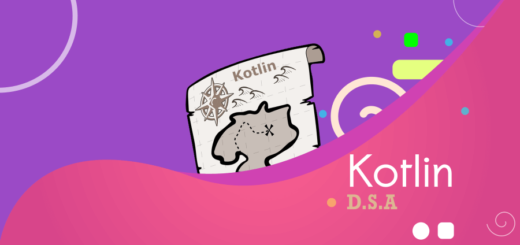Kotlin Learning Curve: 5 Factors You Should Know
Kotlin is a flexible computer language made by JetBrains, and it has become super famous lately because it’s easy to understand, works well with Java, and is great for a special kind of programming called “functional programming.” Let’s get into Kotlin learning curve factors.
Whether you’re a super experienced programmer or just starting, it’s important to know about the learning path for Kotlin. In this blog post, we’ll talk about what it’s like to learn Kotlin, clear up some common misunderstandings, and give you tips to get really good at it.

1. Kotlin’s Approachable Syntax
One of the standout features of Kotlin is its approachable syntax. Unlike some other programming languages, Kotlin’s syntax is concise and expressive, making it easier to read and write code. For instance, consider the simple task of printing “Hello, World!” in Kotlin:
fun main() {
println("Hello, World!")
}Let’s simplify again:
fun main() = println("Hello")The code is clean and self-explanatory, which reduces the cognitive load on developers, especially those new to the language. Kotlin’s syntax is designed to be intuitive and friendly, helping you grasp the basics quickly.
2. Interoperability with Java
If you come from a Java background, you’re in luck! Kotlin has excellent interoperability with Java, allowing you to leverage your existing Java knowledge seamlessly. This means you can gradually transition to Kotlin without needing to rewrite your entire codebase.
You can call Kotlin code from Java and vice versa, which makes it easy to introduce Kotlin into your projects incrementally. This seamless integration minimizes the learning curve for Java developers and promotes a gradual, low-risk adoption of Kotlin.
3. Null Safety
One of the major pain points in programming is dealing with null references. Kotlin addresses this issue with its built-in null safety features. In Kotlin, you must explicitly declare when a variable can hold a null value, reducing the chances of null pointer exceptions. This feature helps developers write more reliable code from the outset.
By enforcing null safety, Kotlin encourages developers to write safer and more predictable code, ultimately reducing debugging time and errors in your programs.
4. Functional Programming Capabilities
Kotlin embraces functional programming principles, which can be a departure from traditional imperative programming. While it might require some adjustment for developers new to functional programming, Kotlin’s support for higher-order functions, lambdas, and immutable data structures can greatly enhance your code’s expressiveness and maintainability.
Functional programming can be a powerful tool for solving complex problems more elegantly, and Kotlin’s seamless integration of these concepts allows you to explore and adopt them gradually.
5. Learning Resources and Community Support
To conquer the Kotlin learning curve, you don’t have to go it alone. The Kotlin community is active and supportive, offering a wealth of resources to aid your learning journey. You’ll find a plethora of tutorials, online courses, and documentation readily available.
Additionally, Kotlin’s official website (kotlinlang.org) provides an excellent set of resources, including documentation, guides, and interactive coding challenges. The community also actively engages on platforms like Stack Overflow and Reddit, where you can seek assistance and share your experiences with fellow Kotlin enthusiasts.
Tips for Mastering Kotlin Efficiently
Start with Small Projects: Begin your Kotlin journey with small projects or by converting a section of your existing Java code to Kotlin. This hands-on experience will accelerate your learning process.
Explore Kotlin Standard Library: Familiarize yourself with the Kotlin Standard Library, which provides a rich set of functions and extensions. This library can significantly simplify common programming tasks.
Practice Regularly: Like any skill, programming proficiency comes with practice. Regular coding exercises and projects will reinforce your Kotlin skills and help you tackle more complex challenges.
Seek Feedback: Don’t hesitate to seek feedback from more experienced Kotlin developers. Code reviews and collaboration with peers can uncover valuable insights and best practices.
Kotlin’s learning curve is often touted as one of the friendliest among modern programming languages. Its intuitive syntax, strong Java interoperability, null safety features, functional programming capabilities, and robust community support all contribute to a smooth learning experience.
Happy Learning!



